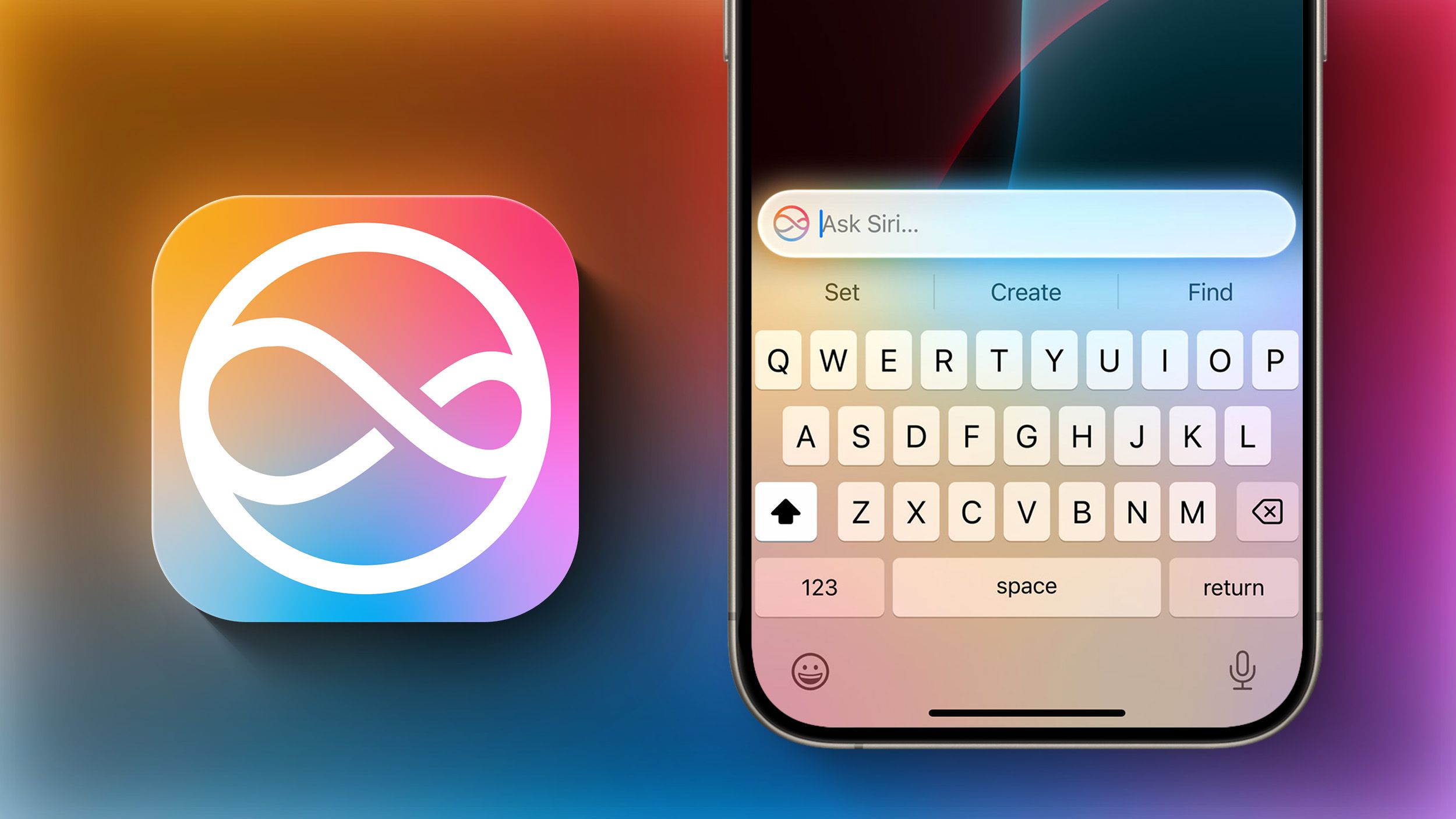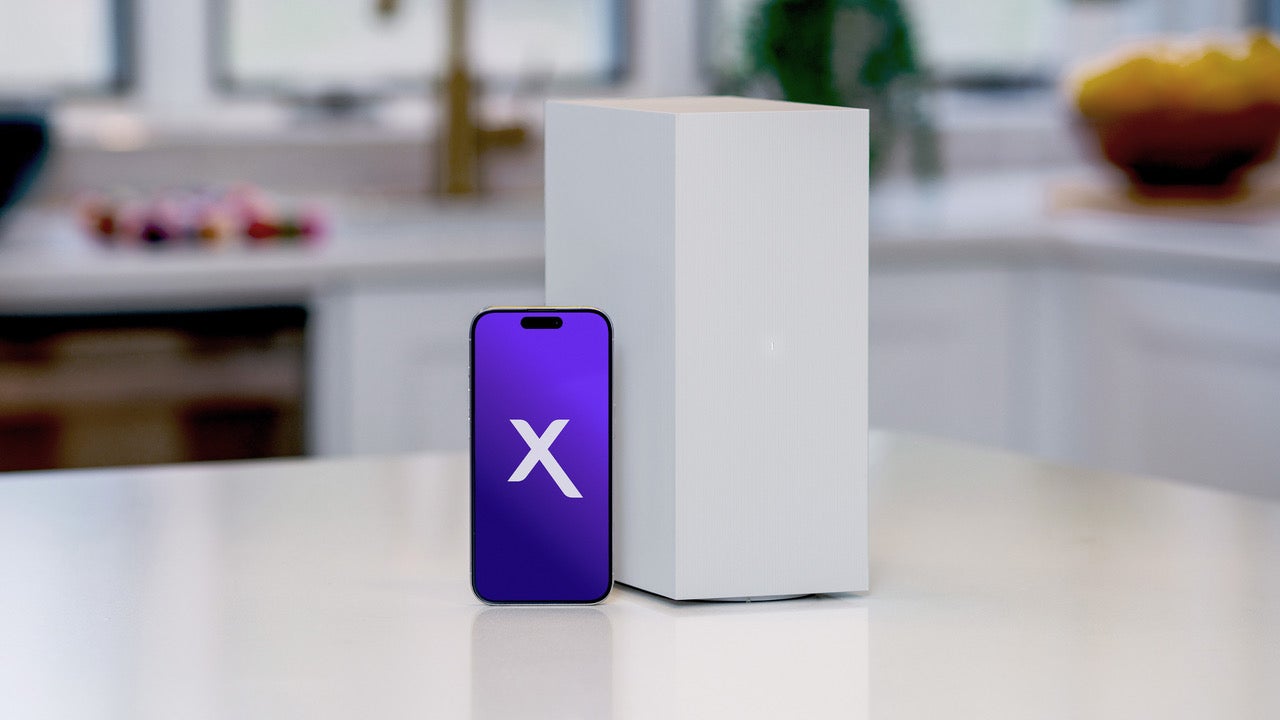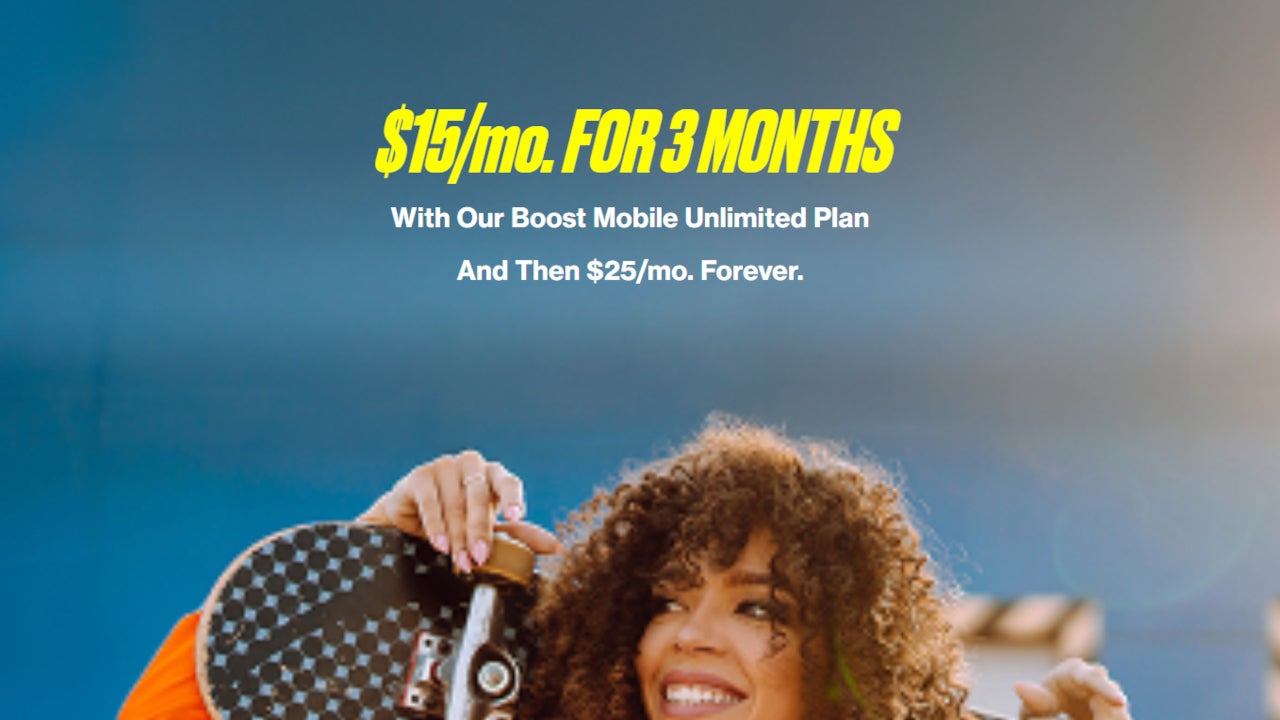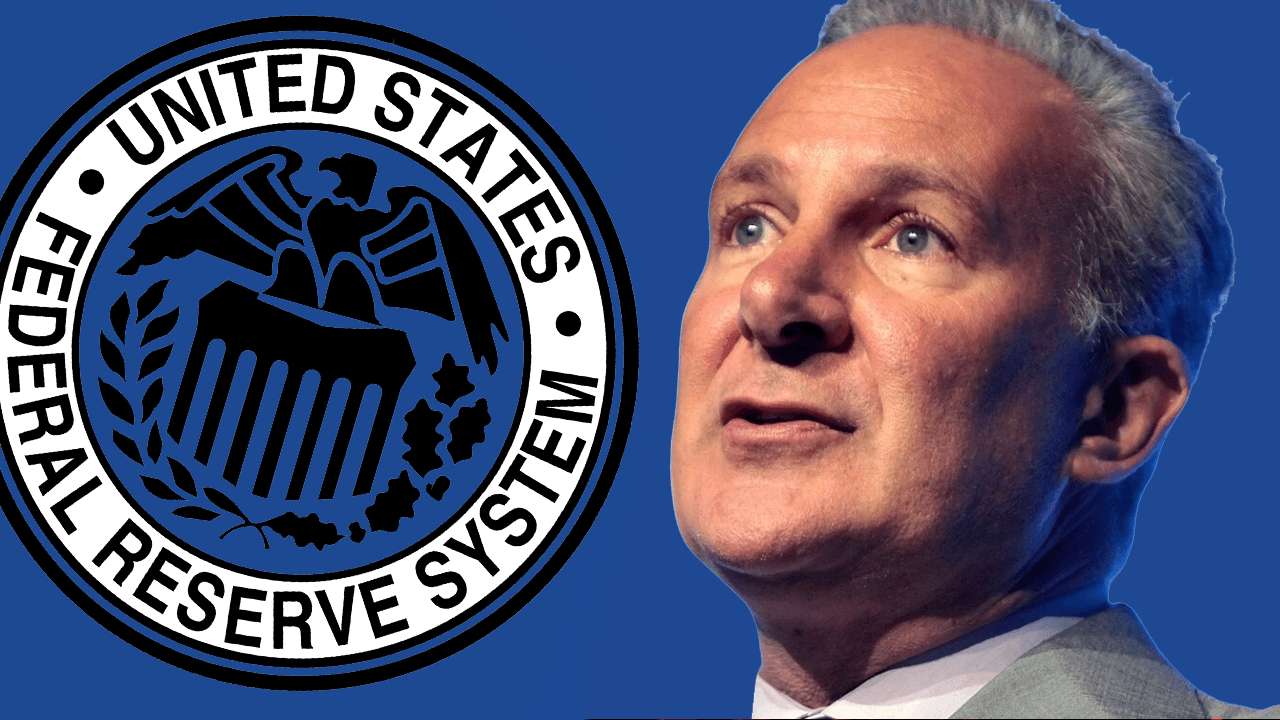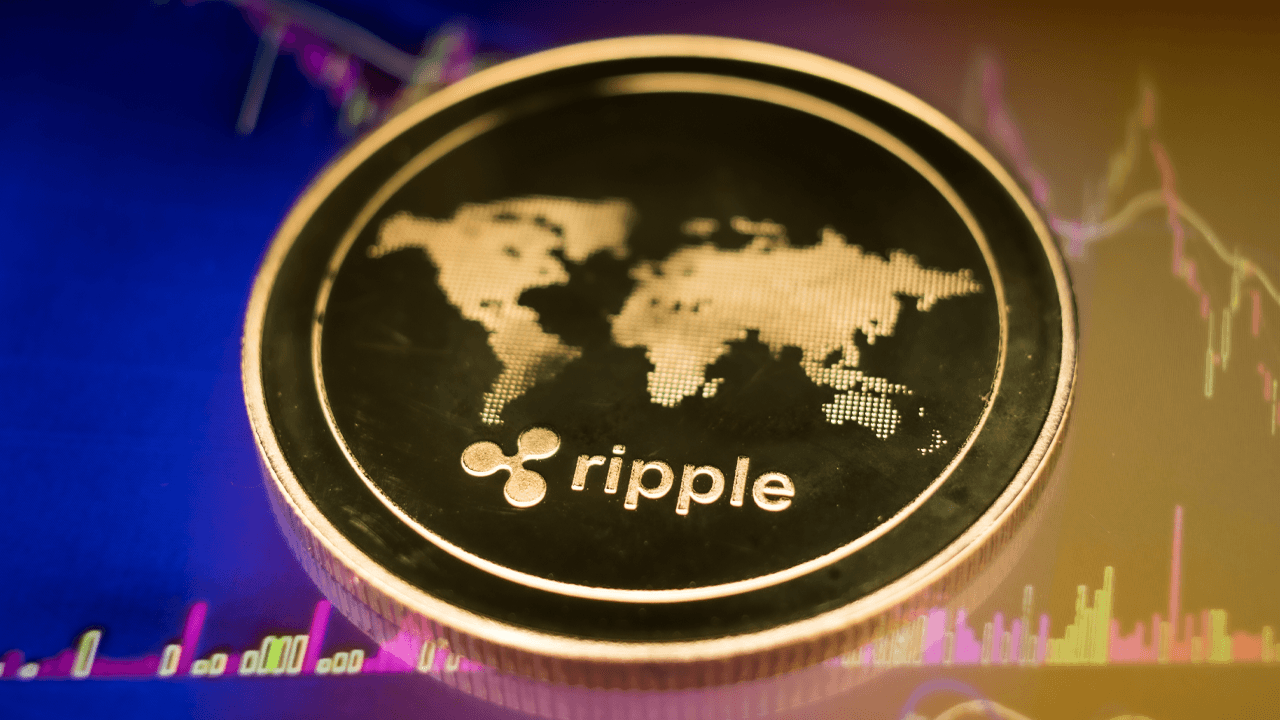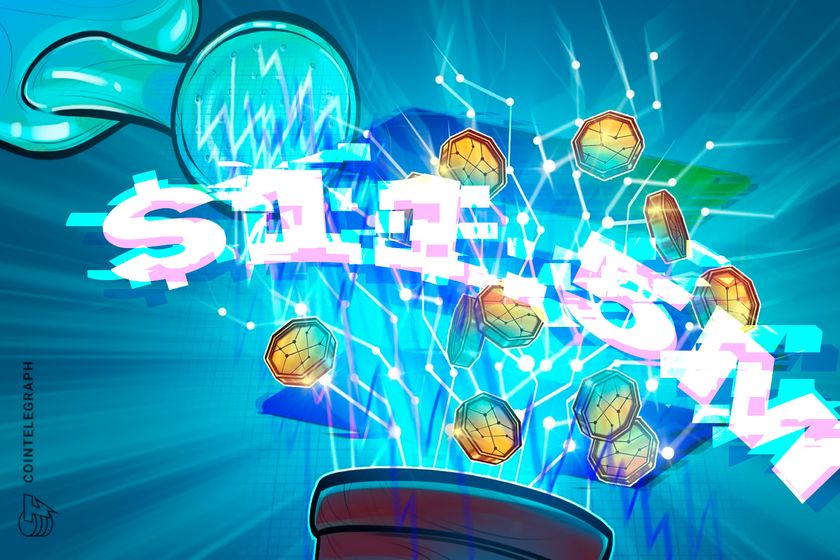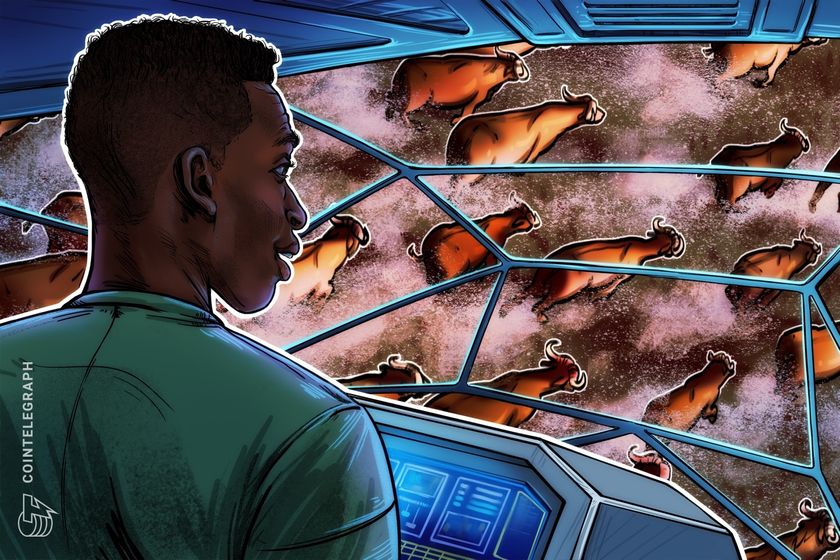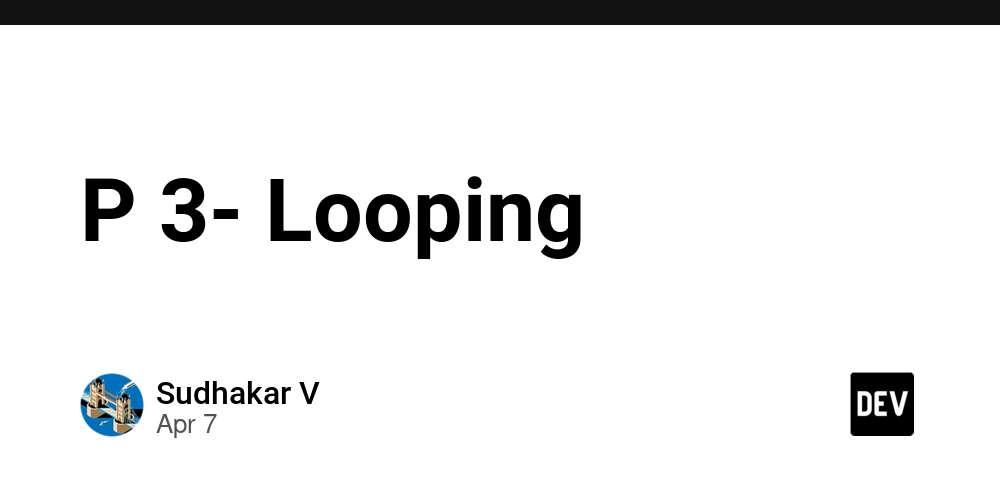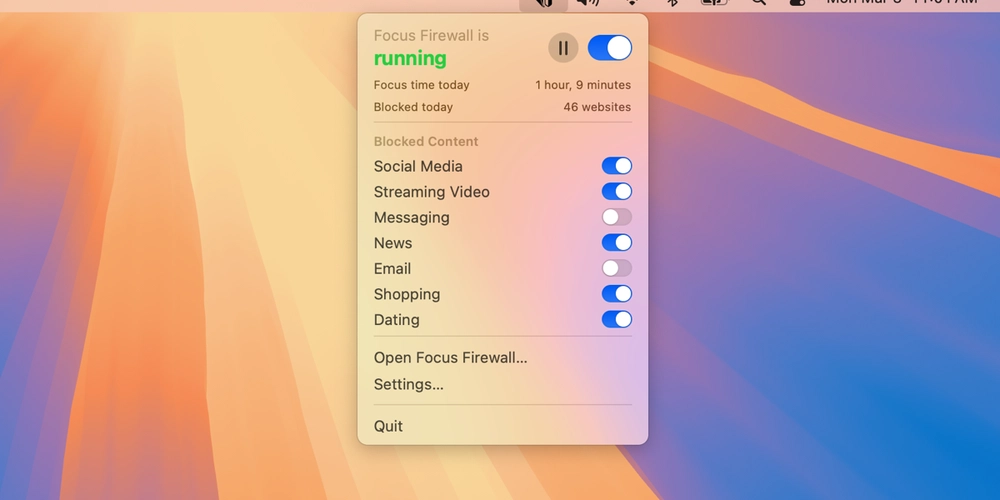SaaS Marketing in 2025: Top Strategies to Scale Your Software Business
What Does SaaS Marketing Mean? SaaS marketing is about promoting and growing software-as-a-service (SaaS) products. Unlike traditional software, you buy and install once; SaaS lives in the cloud and runs on a subscription model. Think of it like a gym membership, but for software. Because of this, your job as a marketer isn't just to land customers, but to keep them happy and engaged for the long haul. SaaS marketing combines inbound and outbound marketing methods, using digital channels like content marketing, SEO, paid ads, email marketing, and social media to attract, convert, and retain users. Since SaaS tools can be pretty complex, a big part of the job is customer education-onboarding, tutorials, webinars, and so on-to ensure long-term engagement. Why is SaaS Marketing Different? SaaS marketing isn't your typical "sell and peace out" deal. You're offering an ongoing service, which means the real work begins after the sale. Here's what makes SaaS marketing unique: 1. It's About the Long Game You're not just trying to win customers - you're trying to keep them around. That means focusing on user retention and reducing churn. 2. Customer Education is a Must SaaS isn't always plug-and-play. Demos, knowledge bases, and support are crucial. 3. Engagement Can't Stop Your communication continues post-sale via newsletters, product updates, and customer success initiatives. 4. Rapid Product Evolution SaaS products are frequently updated, so your marketing needs to be just as agile. 5. Data is King Analytics and KPIs like CAC, LTV, and MRR play a huge role in shaping strategy. How is SaaS Marketing Different from Digital Marketing? SaaS marketing is a sub-category of digital marketing, but it's tailored for cloud-based, subscription-based products. Here's how it stands apart: Business Model: Focused on recurring revenue rather than one-time purchases. Customer Journey: Includes user education, trials, onboarding, and continuous engagement. Sales Cycle: Typically longer and involves multiple touchpoints. Content Type: Heavier on educational content like whitepapers, case studies, and webinars. How to Get Leads for Your SaaS Business The best way to get leads is a mix of both inbound and outbound strategies. Inbound: SEO-Optimized Blogs & Guides. Landing Pages with Lead Magnets (eBooks, free trials). Case Studies & Customer Stories. Outbound: LinkedIn Outreach. Email Campaigns. Cold Calling/Demos. Bonus Lead Gen Ideas: Referral Programs. Affiliate Marketing. Co-marketing Partnerships. 15 SaaS Marketing Strategies You Need Right Now 1. Define Your Ideal Customer Profile (ICP) Nail down exactly who you're targeting. Are they startups, SMBs, or enterprises? What are their pain points? Who's the decision-maker? 2. Invest in SEO for Organic Growth Use tools like Ahrefs, SEMrush, or Google Keyword Planner to find keywords and optimize your content. Focus on high-intent search queries. 3. Create High-Value Content Content like blog posts, tutorials, and case studies helps attract new users and keeps current ones engaged. 4. Leverage PPC Advertising Use Google Ads and LinkedIn Ads to target your audience based on keywords, job roles, and interests. Test and optimize regularly. 5. Engage in Social Media Marketing Post regularly on LinkedIn, Twitter (X), and YouTube. Share product updates, customer wins, and educational tips. 6. Optimize Email Marketing Campaigns Segment your list, use drip campaigns, and personalize your emails. A/B test for the best results. 7. Offer Free Trials or Freemium Plans Let users experience your product before they commit. This builds trust and reduces friction in the buying process. 8. Run Webinars and Live Demos Show your product in action. Use webinars to educate potential customers and answer questions live. 9. Use Customer Testimonials and Reviews Social proof works wonders. Collect reviews from G2, Capterra, and Trustpilot and show them off. 10. Improve Your Onboarding Process Create tooltips, tutorials, and walkthroughs that help users understand the product quickly and easily. 11. Focus on Customer Success Assign customer success managers to guide new clients. Regular check-ins reduce churn and improve satisfaction. 12. Track & Analyze SaaS Metrics Monitor CAC (Customer Acquisition Cost), LTV (Lifetime Value), Churn Rate, and MRR (Monthly Recurring Revenue) to refine your strategy. 13. Launch Referral Programs Encourage current users to refer friends or colleagues. Offer incentives like free months or upgrades. 14. Use Influencer or Niche Marketing Collaborate with influencers or bloggers in your niche to get in front of the right crowd. 15. Experiment with Product-Led Growth
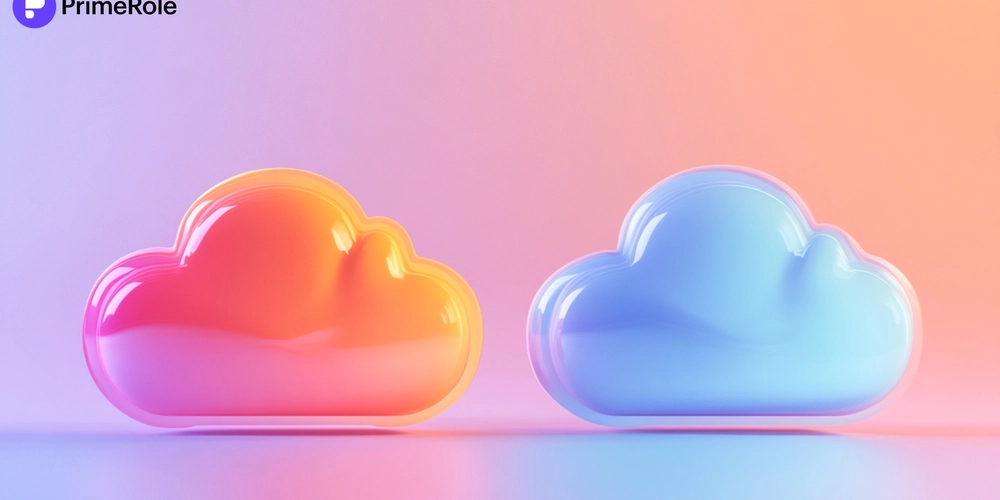
What Does SaaS Marketing Mean?
SaaS marketing is about promoting and growing software-as-a-service (SaaS) products. Unlike traditional software, you buy and install once; SaaS lives in the cloud and runs on a subscription model. Think of it like a gym membership, but for software.
Because of this, your job as a marketer isn't just to land customers, but to keep them happy and engaged for the long haul.
SaaS marketing combines inbound and outbound marketing methods, using digital channels like content marketing, SEO, paid ads, email marketing, and social media to attract, convert, and retain users. Since SaaS tools can be pretty complex, a big part of the job is customer education-onboarding, tutorials, webinars, and so on-to ensure long-term engagement.
Why is SaaS Marketing Different?
SaaS marketing isn't your typical "sell and peace out" deal. You're offering an ongoing service, which means the real work begins after the sale.
Here's what makes SaaS marketing unique:
1. It's About the Long Game
You're not just trying to win customers - you're trying to keep them around. That means focusing on user retention and reducing churn.
2. Customer Education is a Must
SaaS isn't always plug-and-play. Demos, knowledge bases, and support are crucial.
3. Engagement Can't Stop
Your communication continues post-sale via newsletters, product updates, and customer success initiatives.
4. Rapid Product Evolution
SaaS products are frequently updated, so your marketing needs to be just as agile.
5. Data is King
Analytics and KPIs like CAC, LTV, and MRR play a huge role in shaping strategy.
How is SaaS Marketing Different from Digital Marketing?
SaaS marketing is a sub-category of digital marketing, but it's tailored for cloud-based, subscription-based products.
Here's how it stands apart:
Business Model: Focused on recurring revenue rather than one-time purchases.
Customer Journey: Includes user education, trials, onboarding, and continuous engagement.
Sales Cycle: Typically longer and involves multiple touchpoints.
Content Type: Heavier on educational content like whitepapers, case studies, and webinars.
How to Get Leads for Your SaaS Business
The best way to get leads is a mix of both inbound and outbound strategies.
Inbound:
- SEO-Optimized Blogs & Guides.
- Landing Pages with Lead Magnets (eBooks, free trials).
- Case Studies & Customer Stories.
Outbound:
- LinkedIn Outreach.
- Email Campaigns.
- Cold Calling/Demos.
Bonus Lead Gen Ideas:
- Referral Programs.
- Affiliate Marketing.
- Co-marketing Partnerships.
15 SaaS Marketing Strategies You Need Right Now
1. Define Your Ideal Customer Profile (ICP)
Nail down exactly who you're targeting. Are they startups, SMBs, or enterprises? What are their pain points? Who's the decision-maker?
2. Invest in SEO for Organic Growth
Use tools like Ahrefs, SEMrush, or Google Keyword Planner to find keywords and optimize your content. Focus on high-intent search queries.
3. Create High-Value Content
Content like blog posts, tutorials, and case studies helps attract new users and keeps current ones engaged.
4. Leverage PPC Advertising
Use Google Ads and LinkedIn Ads to target your audience based on keywords, job roles, and interests. Test and optimize regularly.
5. Engage in Social Media Marketing
Post regularly on LinkedIn, Twitter (X), and YouTube. Share product updates, customer wins, and educational tips.
6. Optimize Email Marketing Campaigns
Segment your list, use drip campaigns, and personalize your emails. A/B test for the best results.
7. Offer Free Trials or Freemium Plans
Let users experience your product before they commit. This builds trust and reduces friction in the buying process.
8. Run Webinars and Live Demos
Show your product in action. Use webinars to educate potential customers and answer questions live.
9. Use Customer Testimonials and Reviews
Social proof works wonders. Collect reviews from G2, Capterra, and Trustpilot and show them off.
10. Improve Your Onboarding Process
Create tooltips, tutorials, and walkthroughs that help users understand the product quickly and easily.
11. Focus on Customer Success
Assign customer success managers to guide new clients. Regular check-ins reduce churn and improve satisfaction.
12. Track & Analyze SaaS Metrics
Monitor CAC (Customer Acquisition Cost), LTV (Lifetime Value), Churn Rate, and MRR (Monthly Recurring Revenue) to refine your strategy.
13. Launch Referral Programs
Encourage current users to refer friends or colleagues. Offer incentives like free months or upgrades.
14. Use Influencer or Niche Marketing
Collaborate with influencers or bloggers in your niche to get in front of the right crowd.
15. Experiment with Product-Led Growth (PLG)
Let your product drive growth through features that naturally prompt users to share, invite others, or upgrade.
Do you want to read more about it? Please click here!






















































.jpg)





















































































































![[The AI Show Episode 144]: ChatGPT’s New Memory, Shopify CEO’s Leaked “AI First” Memo, Google Cloud Next Releases, o3 and o4-mini Coming Soon & Llama 4’s Rocky Launch](https://www.marketingaiinstitute.com/hubfs/ep%20144%20cover.png)


















































































































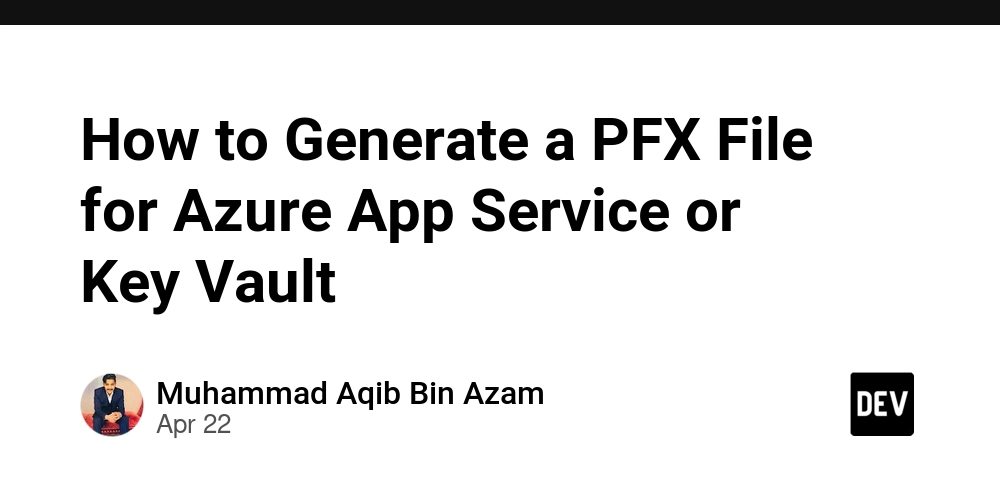





































![BPMN-procesmodellering [closed]](https://i.sstatic.net/l7l8q49F.png)

























































































-All-will-be-revealed-00-35-05.png?width=1920&height=1920&fit=bounds&quality=70&format=jpg&auto=webp#)
-All-will-be-revealed-00-17-36.png?width=1920&height=1920&fit=bounds&quality=70&format=jpg&auto=webp#)
-Jack-Black---Steve's-Lava-Chicken-(Official-Music-Video)-A-Minecraft-Movie-Soundtrack-WaterTower-00-00-32_lMoQ1fI.png?width=1920&height=1920&fit=bounds&quality=70&format=jpg&auto=webp#)

























_Weyo_alamy.png?width=1280&auto=webp&quality=80&disable=upscale#)







































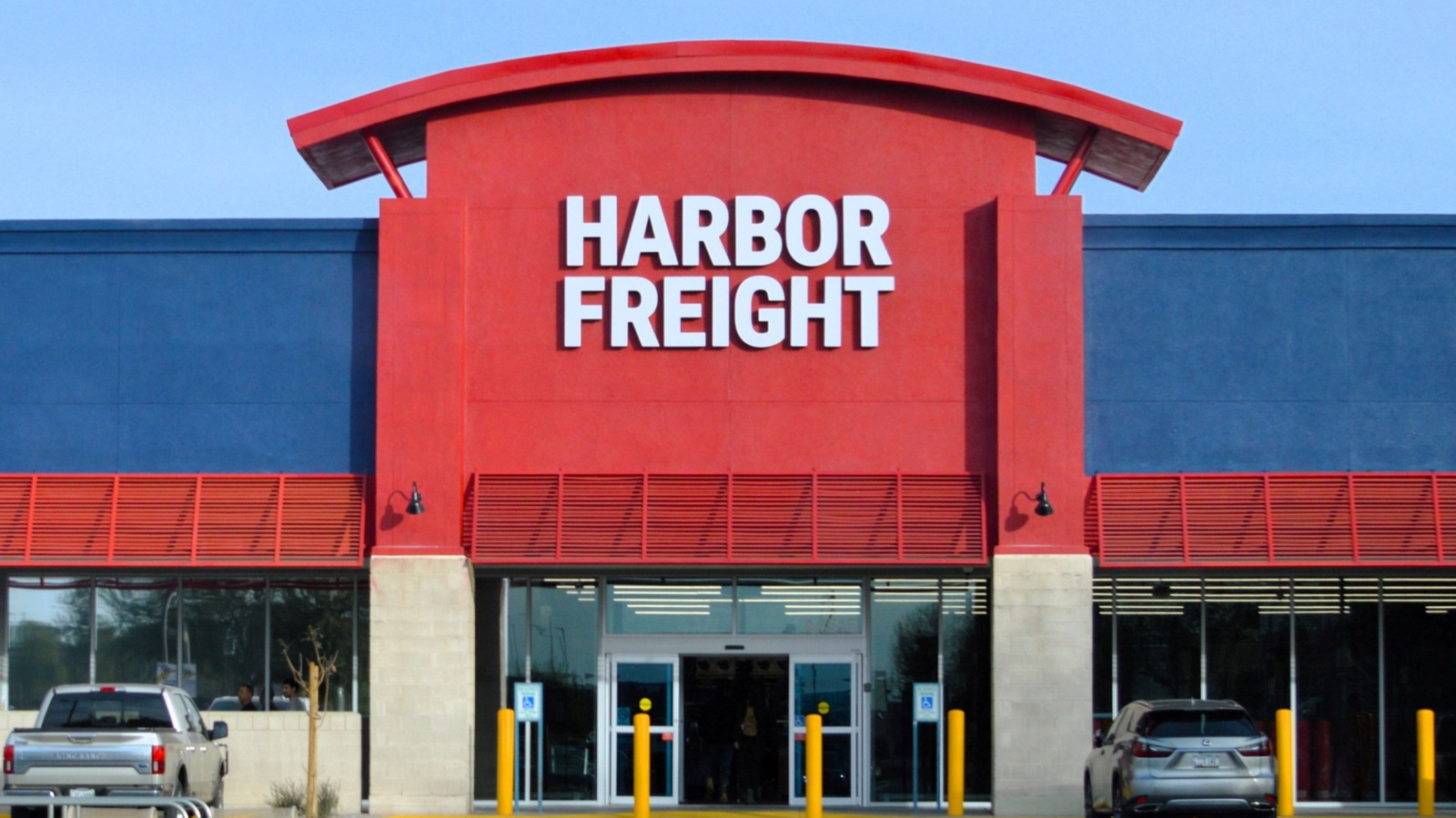







































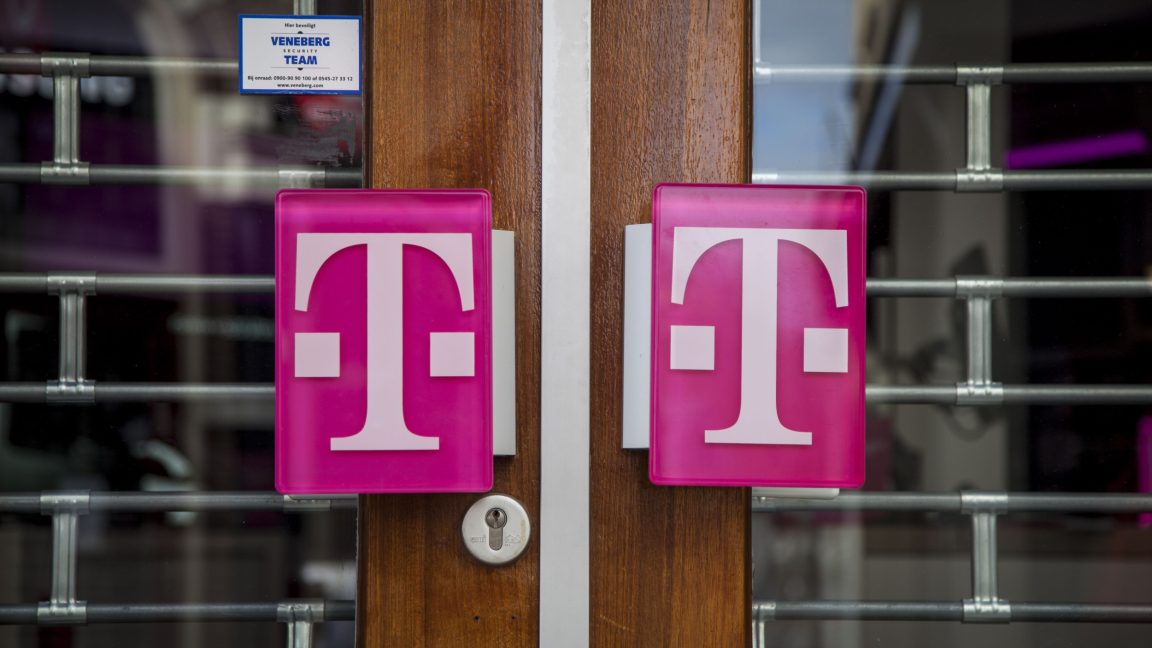










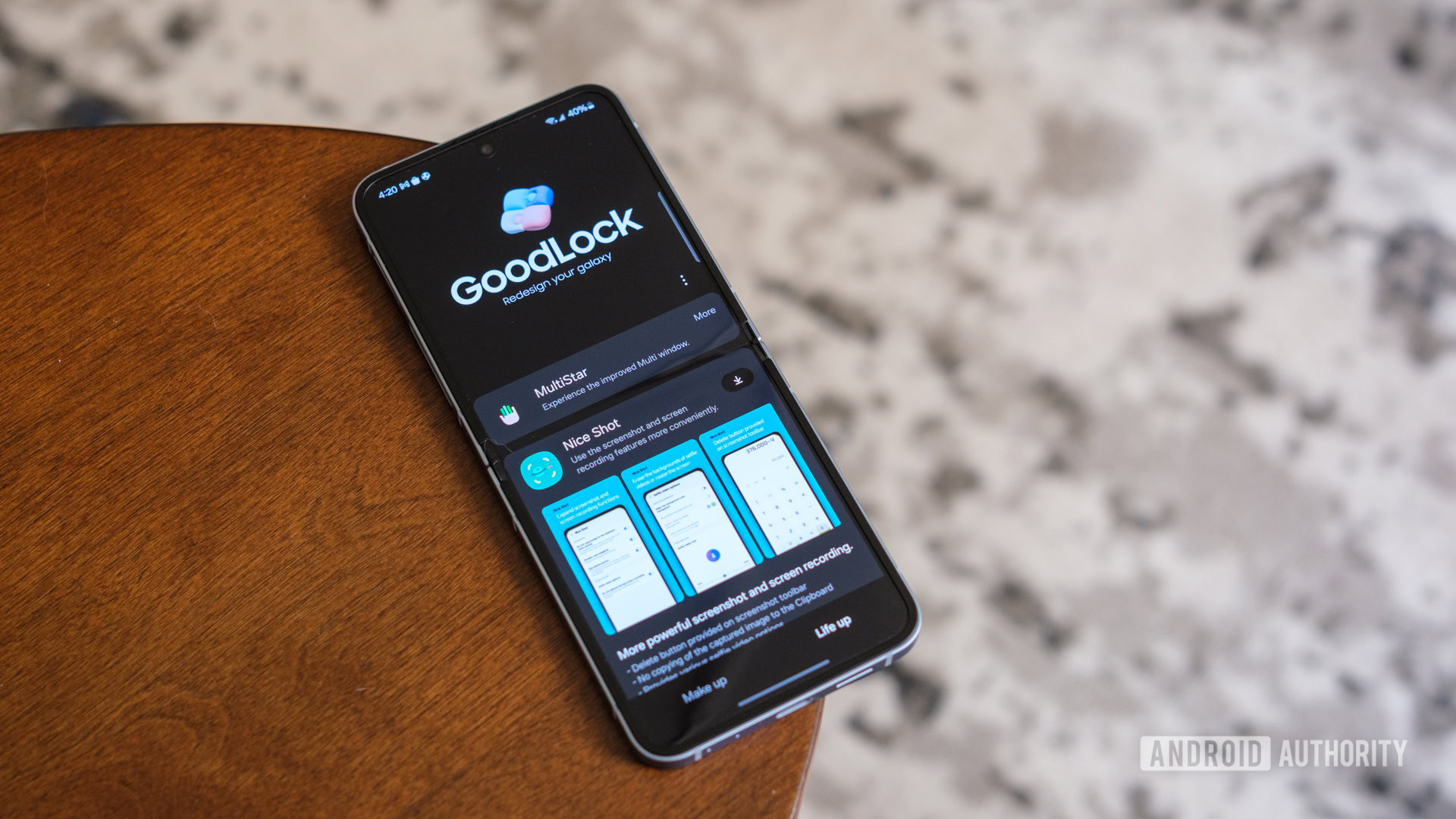
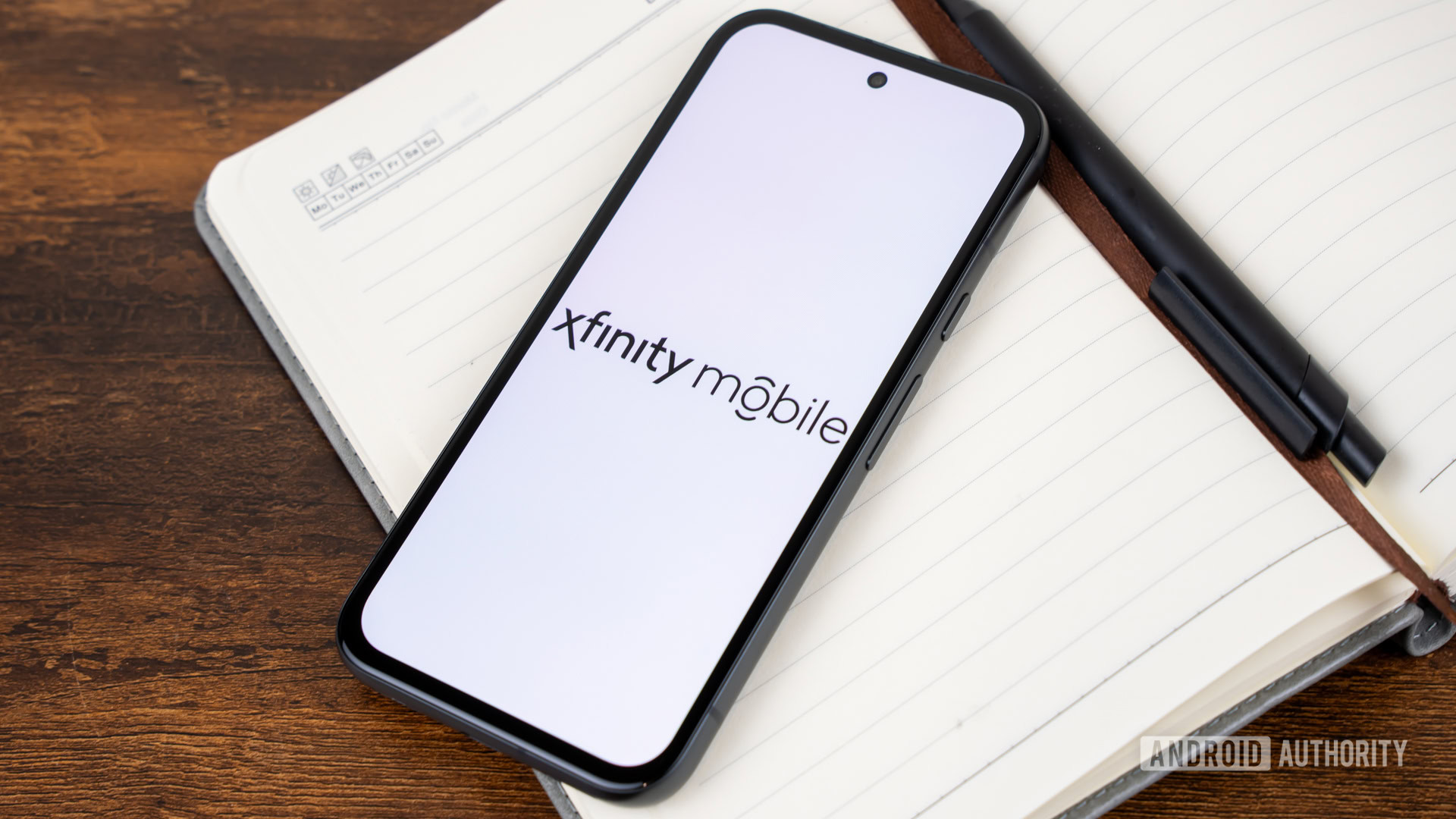
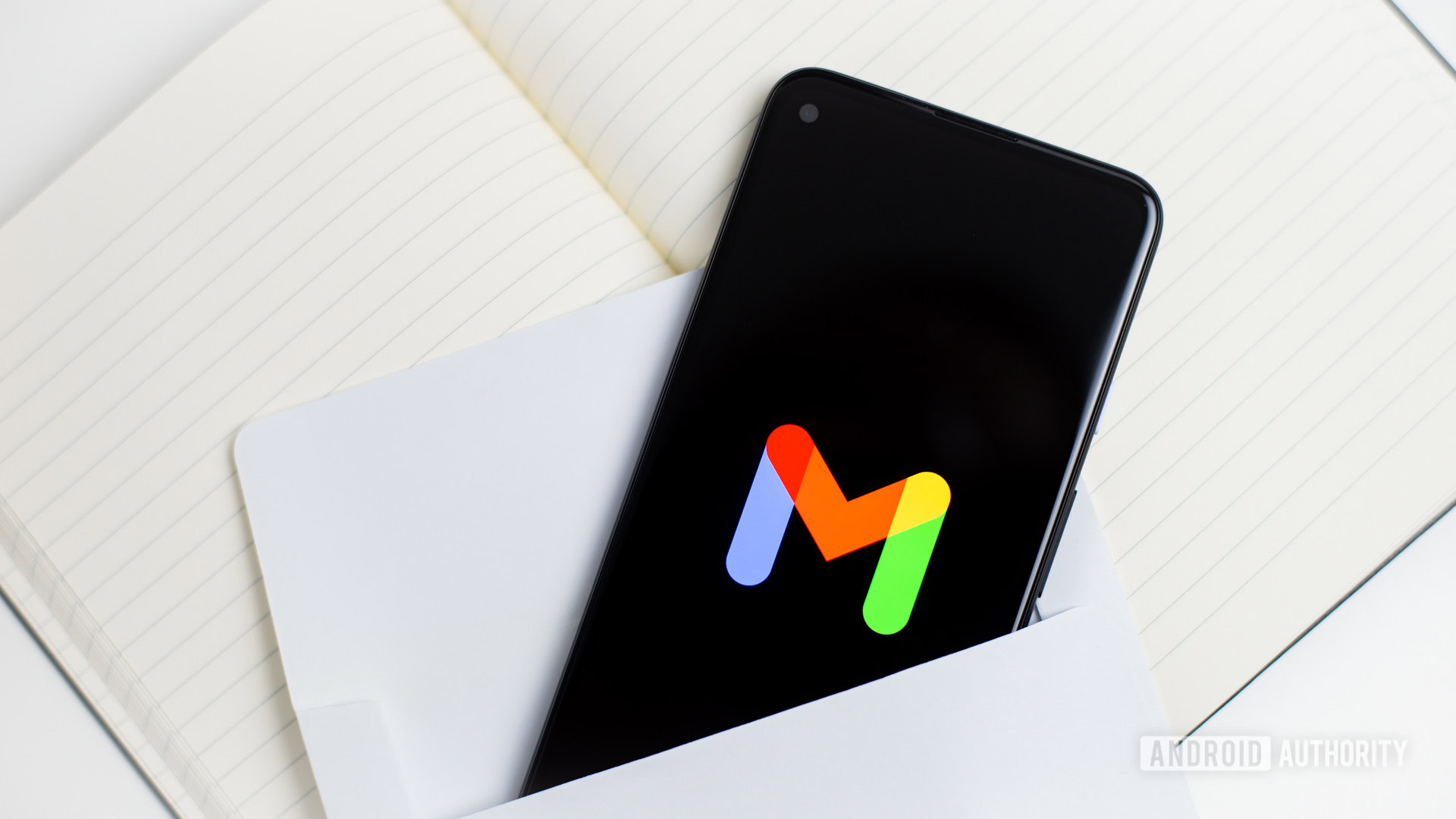

![What iPhone 17 model are you most excited to see? [Poll]](https://9to5mac.com/wp-content/uploads/sites/6/2025/04/iphone-17-pro-sky-blue.jpg?quality=82&strip=all&w=290&h=145&crop=1)

















![Hands-On With 'iPhone 17 Air' Dummy Reveals 'Scary Thin' Design [Video]](https://www.iclarified.com/images/news/97100/97100/97100-640.jpg)
![Mike Rockwell is Overhauling Siri's Leadership Team [Report]](https://www.iclarified.com/images/news/97096/97096/97096-640.jpg)
![Instagram Releases 'Edits' Video Creation App [Download]](https://www.iclarified.com/images/news/97097/97097/97097-640.jpg)
![Inside Netflix's Rebuild of the Amsterdam Apple Store for 'iHostage' [Video]](https://www.iclarified.com/images/news/97095/97095/97095-640.jpg)








































